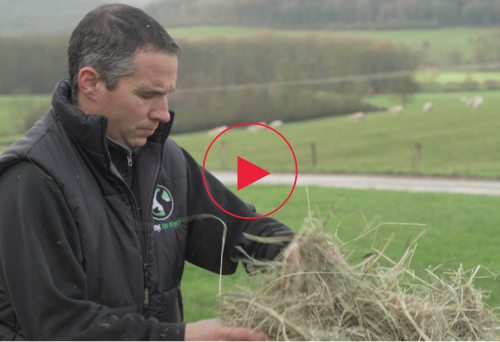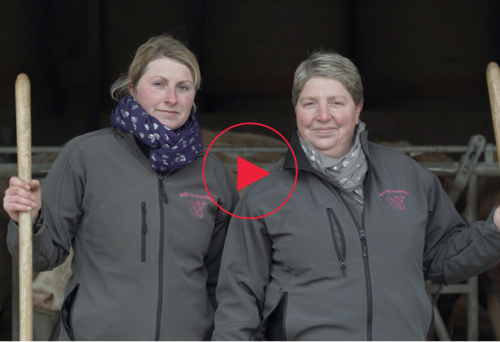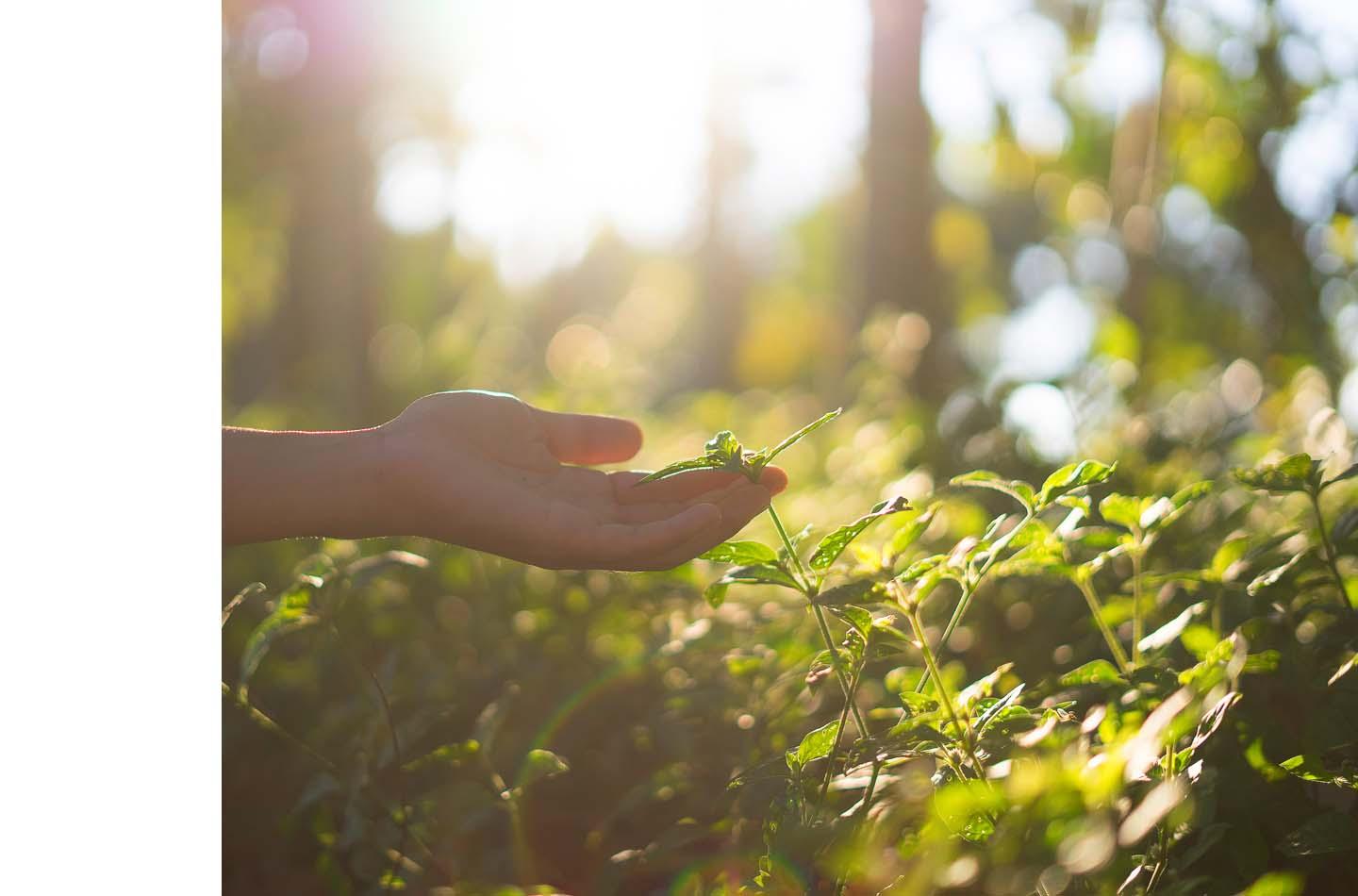
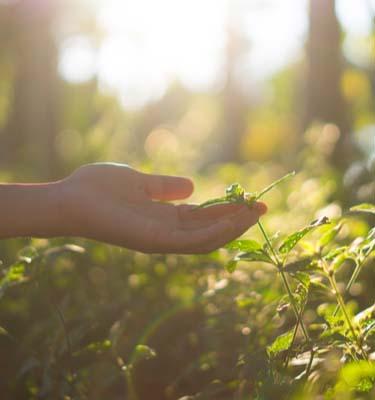
Protecting the impluvium
Vittel® has been committed to protecting Vittel® Grande Source natural mineral water and its impluvium - the land through which the rainwater penetrates - for almost 30 years.
30 YEARS OF INITIATIVE
If water is to be high-quality, the land around a spring must be unspoilt: this is the first place rainwater flows through before being mineralised by contact with the rocks.
From 1989, groups of researchers from the French National Institute for Agricultural Research (INRA) and various other experts came here, having been asked to draw up a stringent set of recommendations on how to protect the Vittel® Grande Source's impluvium and rich ecosystem from human activity, especially farming.
How ? By encouraging a zero pesticide policy on the Vittel® Grande Source impluvium.

Some examples:
- Introducing eco-friendly farming practices (zero phytosanitary products and reduced nitrates) to make farming modern, sustainable and profitable:
> composting material produced by livestock farming to boost soil fertility and lifespan;
> reintroducing alfalfa and clover plants: protein-rich fodder crops that feed livestock and are key to improving soil quality (being excellent filterers);
> rotating crops (grains, alfalfa, temporary pastures) to combat the spread of weeds and pests.

- Upgrading the role of trees, which are the ecosystem's cornerstones as well as excellent for water and the climate:
> agroforestry experiments and sustainably managing 740 acres of forest;
> planting hedging and other leafy plants in the middle of fields and along borders to improve biodiversity in agricultural parcels and create shade for animals out to pasture;
> using large natural meadows that provide high-quality fodder for ruminant animals.
- Eco-friendly improvements to combat parasites and pests with alternative and innovative natural ideas like installing perches for birds of prey at Vittel Racecourse, ladybird farming and creating a bat refuge
- Natural local countryside maintenance: creating an innovative railway vehicle for the local SNCF railway lines that weeds plants using heat rather than herbicides, and supporting Vittel Golf Club which was awarded Golf ÉcoDurable certification for not using phytosanitary products. Meanwhile, the Vittel® bottling factory has completely redone its car park (adding multi-species hedging, bird boxes, insect hotels, an eco-pasture for sheep, etc.).



Richer biodiversity
The richer land is in animal and plant species, the better it can filter and purify the water that flows through it. These living species form a vast, diverse, yet interlinked ecosystem in which they all play some role in maintaining water quality.
Vittel initiatives go well beyond simply protecting the spring, with the result that the full diversity of the Vittel area is maintained and can continue to flourish.
Through these initiatives we have seen a 17% increase in insect numbers and a 20% increase in bird numbers. More surprisingly, rare species have returned, including the great grey shrike, Eurasian hoopoe, large copper butterfly and marsh fritillary.
Working together for the future
This progress and these results are mainly the fruit of like-minded men and women working together with the same energy, all driven by their desire to apply new eco-friendly economic development models.
Everyone has a role to play and is asked to help: farmers, businesses, regional authorities, tourist providers, horticulturists, citizens... The approach is based on partnership and includes support, collaboration, dialogue, advice, financial support to assist with changes to farming and logistical help throughout the process and beyond.

Vittel area has become a huge outdoor laboratory where every professional, resident and expert can test out new and tangible ways to preserve the rich Vittel ecosystem, especially its biodiversity, with a view to continuous improvement.
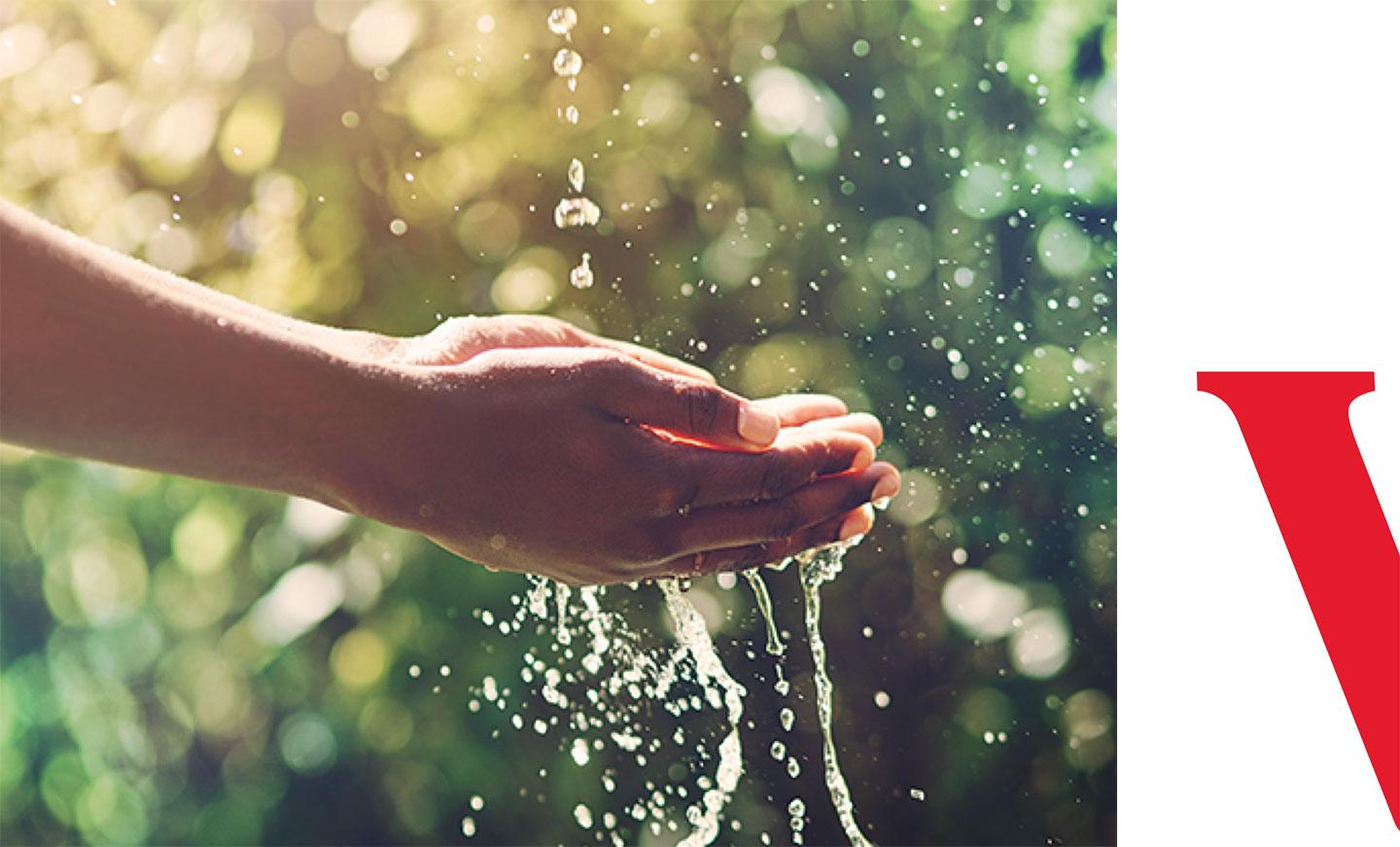

Preserving the spring
Looking after the water isn’t just about protecting the surrounding soil, land and environment: it's also about maintaining water levels.
Monitoring natural recharge
Vittel® natural mineral water comes from two different underground springs in the Vittel region: “Grande Source” and “Bonne Source”. Although the Grande Source pool has optimum natural recharge, the same can't be said of Bonne Source, which has a recharge deficit. The latter is deep down and set between two layers of low-permeability ground, meaning it's mainly recharged by rainwater in a slow and restrictive process. The pool level is dropping each year as water is extracted by public services, industry, farming and tourism. As responsible pool users, several years ago we launched a range of initiatives which have cut our extraction by 38% over the past 10 years, with the aim of doing even better by 2020. Our solutions: optimising our industrial processes, selling Grande Source rather than Bonne Source water in certain Vittel® brand countries, and actively seeking sustainable ways to prevent pool deficit and facilitate the at-risk Bonne Source spring’s recharge in collaboration with all the local players affected.
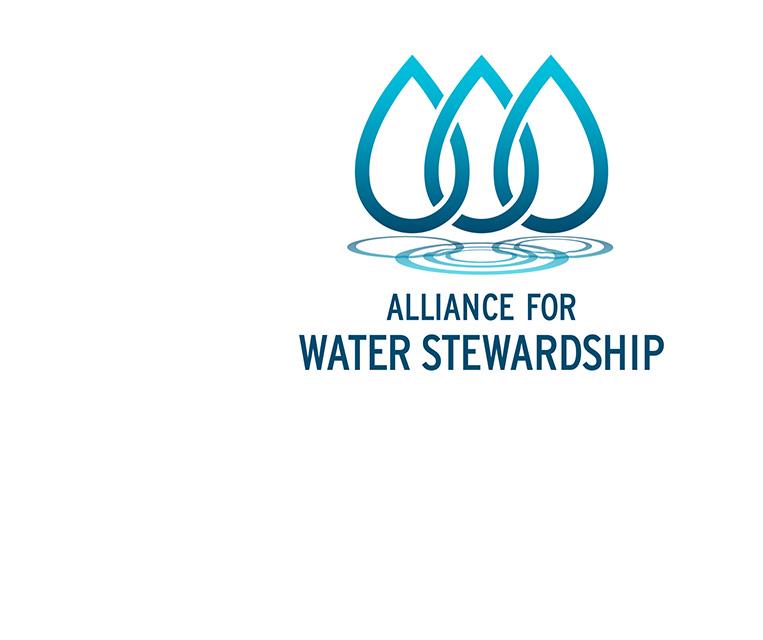
Recognised commitment
In December 2018, the Vittel® bottling factory was awarded the first-level Alliance for Water Stewardship certification. This international organisation brings together businesses, NGOs and public bodies committed to sustainable water resource management. The certification endorses our policy of aiming to use the two Vittel® natural mineral water springs responsibly from a social, economic and environmental point of view; in both qualitative terms with the AGRIVAIR programme and quantitative terms as we encourage local players to help look after the Bonne Source pool.
However, we see this certification as merely the first step: we must keep on improving and work together to find solutions to today's issues.
*LPO Lorraine study, 1995-2001.



